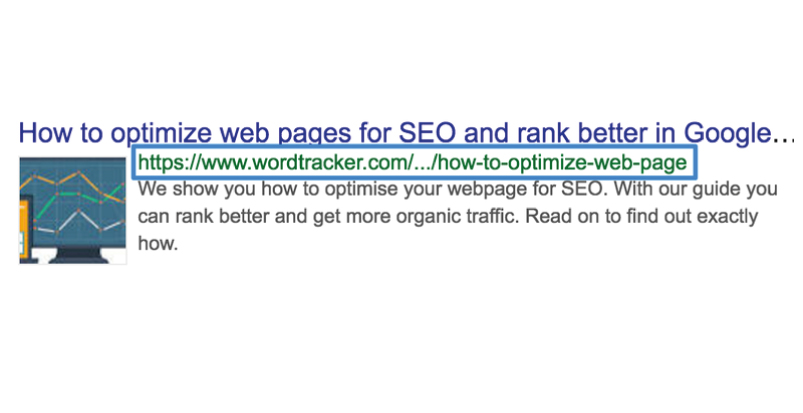The digital marketing landscape is constantly changing. One thing remains the same: SEO dictates how much exposure and traffic your site will get. Yet, for many business owners, optimizing their websites for the search engines is often a secondary task. This hurts their revenue and affects the customer experience.
Considering that about 93 percent of all Internet traffic comes from search engines, it makes perfect sense to optimize your website. In fact, over half of B2B marketers say that SEO brings them more leads than any other marketing strategy. If your site isn’t SEO friendly, you’re losing out on potential customers and sales.
Companies invest millions in search engine optimization for good reason. This marketing practice can make or break your business. Since Google drives over 72 percent of all desktop search traffic, optimizing your site is a must.
But what does it take to make your website SEO friendly? Should you focus on content, social media, or web design? Let’s find out!
Choose Relevant Keywords
Keyword research is the foundation of SEO. Before you start to optimize your site, consider what search terms and phrases you want to be found for. These are known as keywords.
Let’s say you provide photography services in Melbourne, Australia. Since you’re targeting local customers, choose keywords that appeal to them. Photography services, for instance, is a generic phrase. You could just as well run your business in New York or somewhere in Europe.
Search for keywords related to your area, such as Melbourne photography services, Melbourne photographer, and so on. Better yet, choose terms that set your services apart, such as Melbourne fashion photographer or wedding photography services in Melbourne.
Use Google’s Keyword Planner, KWFinder, or other online tools to find keywords with a high search volume and low competition. Include these terms strategically throughout your site so that visitors and search bots can find your pages more easily. Place them in your links, headers, blog posts, page titles, and meta data.

Optimize Your URLs
Next, make sure your URLs are SEO friendly. Keep them short and relevant. Since your links are displayed on Google and social media, they should be catchy and easy to read. Would you rather click http://yourebsite.com.au/index.php?=5754272=t44=?p=987 or http://yourebsite.com.au/why-hire-a-fashion-photgrapher/?
Also, use hyphens instead of underscores in your links. Google bots cannot read underscores. Ideally, include your target keyword for that page in the URL.
Block irrelevant URLs, such as those linking to your privacy policy or TOS, with robots.txt. In case you have any broken links, add a 301 redirect to notify the search bots about your new URL destination.

Build Quality Links
Internal and external links are equally important for SEO. They help increase link juice and build page authority while providing more information to your readers.
For example, if you’re writing a blog post on how to choose a wedding photographer, link to your Services or About page. That’s an internal link. You may also add an external link to blog posts or articles about the different types of wedding photography, posing tips, or wedding planning.

Make Your Website Responsive
Computer screens have a completely different shape, size, and aspect ratio than smartphones and tablets. Therefore, your website will look different depending on which device it’s viewed on. To make it SEO-friendly, optimize it for mobile devices too – not just for desktop computers and laptops.
Mobile traffic accounts for over 51.2 percent of all online traffic. Furthermore, it’s expected to reach 79 percent of internet usage by the end of the year.
Contact a web designer to optimize your website for mobile devices. A responsive website will bring you more clients, greater exposure, and higher profits. On top of that, it will get better rankings in search results.

These are just a few of the things you need to do to make your website SEO-friendly. Post quality content, optimize your images, and add an XML sitemap for better navigation.
Remember that SEO is an ongoing process – you need to constantly update your site and stay on top of the latest trends to improve and maintain your rankings.
Get in touch with an SEO Agency today to assist you with how to make your website SEO friendly.


